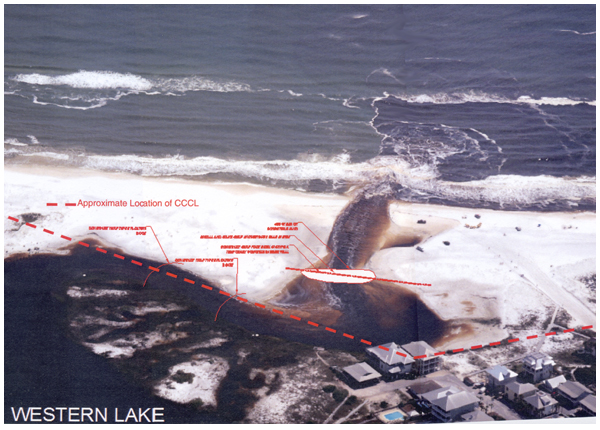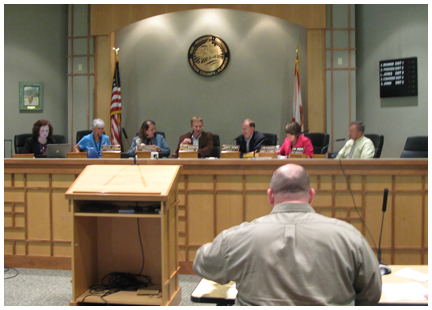
Proposed coastal dune lake protection methods waiting on DEP approval
The Walton County Board of County Commissioners held an emergency meeting at the South Walton Annex Courthouse May 6 to discuss the Deepwater Horizon Oil Spill and the precautionary measures to protect South Walton’s beaches and coastal dune lakes.
The Board unanimously approved a motion to set aside up to one-and-a-half million dollars from its reserve fund to help the sheriff’s office protect the beaches.
The sheriff’s proposal includes three stages of shoreline and coastal dune lake defense:
In stage one, barges equipped with blowers will be placed to spray hay into the water for the oil to adhere to. The hay will clump together with the oil and will make it easier to remove the waste from the water. The plan is to spot the oil as it nears our beaches, but is still miles off shore, and begin to spread the hay.

Stage two includes 50,000 feet of New Green Type 4 belted silt retention fence ready to be deployed along the shores of the Walton County beaches. As needed, the fencing will be positioned along the beach as a second line defense against the oil. Bales of hay are being strategically placed along the beaches of Walton County and will be rapidly deployed in the case oil does reach the coast. The hay will be spread along the shore in front of the New Green Type 4 belted silt retention fence to capture the oil and will make cleanup easier. The oil covered hay can be cleaned up using the machinery the county uses to clean up the seaweed.
Stage three provides a defense for the coastal dune lakes. The lakes will be protected by concrete jersey walls, wrapped with the New Green Type 4 belted silt retention fence, placed and lined with GeoHay. GeoHay is made from 100 percent recycled synthetic fiber. This product acts as a filter and is highly absorbent, as well as non-biodegradable, strong, and durable.
Cliff Knauer, P.E. of Preble-Rish Consulting Engineers presented a comprehensive and detailed solution for each coastal dune lake. As each of the lakes differ in its needs, Knauer explained their plan for a unique approach to each lake. The proposal includes C.W. Roberts executing the work with Preble-Rish overseeing the projects. The proposed project was submitted to the Department of Environmental Protection on May 6 and is waiting on approval.
